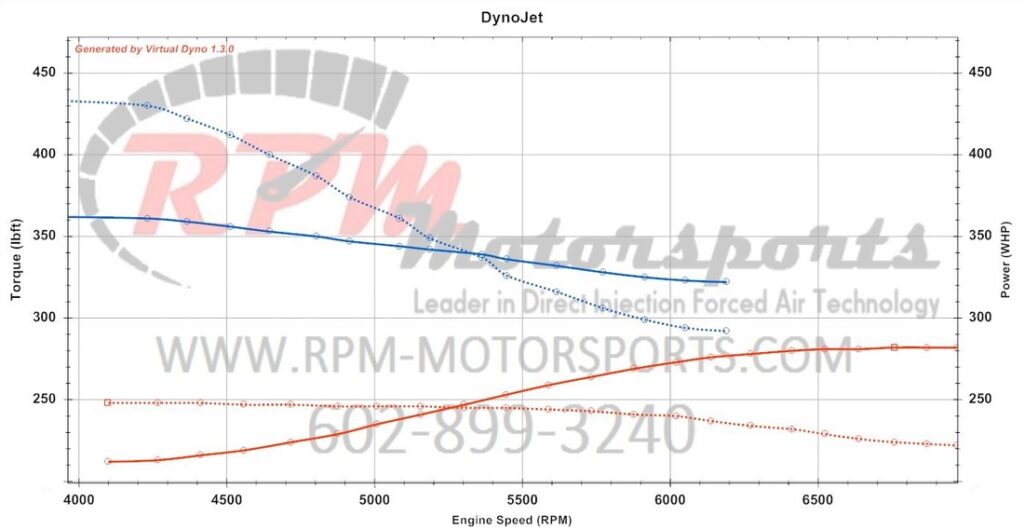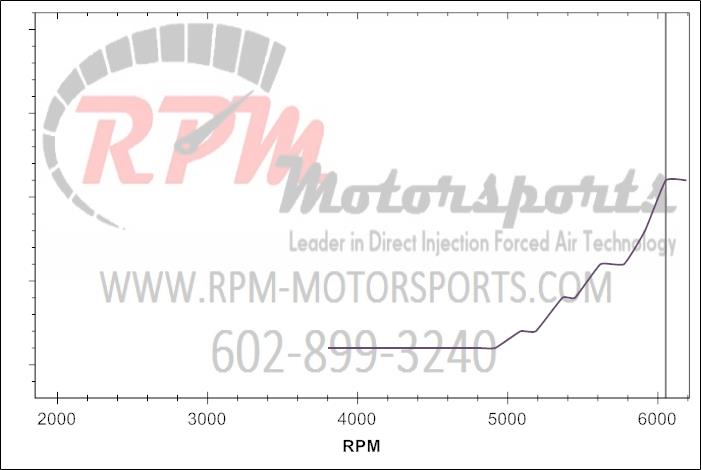Being in the performance business we often get asked by our customers, “Which one is better: a supercharger or a turbo?” If this were 20 years ago the answer would be pretty cut and dry, as you’ve probably heard the old adage that Superchargers are better for low end power and Turbos are better for top end power………but does that type of advice still hold up true today?
If you have been around cars a long time, you may still think that Superchargers are more responsive than turbos, that turbos are less reliable, and the list probably goes on and on. So let’s examine the available scenario given two commonly found Ecotec motors:
2.0 Liter LSJ Supercharged Ecotec (205hp @5,600rpm/200tq @4,400rpm)
-2004 to 2007 Saturn Ion Redline
-2005 to 2007 Chevy Cobalt SS
2.0 Liter LNF Turbocharged Ecotec (260hp @5,300rpm/260tq @2,000rpm)
-2007 to 2010 Pontiac Solstice GXP
-2007 to 2009 Saturn Sky Redline
-2008 to 2010 Chevy Cobalt SS
-2008 to 2010 Chevy HHR SS
-2007 to 2010 Opel GT
These engines make a good comparison for many reasons, some of which is their shared displacement, frequency of use, and relevance to our business. Some of you might not agree that we are comparing apples to apples, but we pretty much are and we pretty much aren’t. On the surface these cars are both 2.0 Liter displacement, and while the cam phasing and fuel delivery may vary between the two engines the real apples versus oranges here is the supercharger and turbo.

In the above graph we compare a pretty much “maxed out” Eaton M62 Supercharger equipped LSJ engine on E85 fuel, which is represented by the red line. The blue line represents a stock LNF equipped with only an E47 Tune. Both were tuned by the same in-house tuner here at RPM-Motorsports. At the peak the turbocharger equipped LNF engine is producing around 185 more torque at the wheels than the supercharger equipped car. Both of these cars are pretty close to pushing the boost limits on their factory equipped power adders.
You can see that the power difference between the two cars is substantial. The turbocharger in this case just produces way more boost than the supercharger does, and it produces it at a much lower RPM than you may have expected if you came from the school of thought that the turbocharger would make less boost due to “turbo lag”. In fact, “turbo lag” is about as dated of an automotive term these days as “leaded fuel” or “carburetor”. Thanks to the K04 turbo being designed with a twin scroll exhaust housing, this small turbocharger can now spool almost instantaneously (full spool as low as 1,800 rpms!) and also breath hard up top just like a larger turbo. It’s almost the best of both worlds.
Let’s not just compare the power output of these two devices, but let’s also dive into the relative safety of running either of these power adders near the brink of their mechanical limits.
As a tuner, one of the factors I have to consider when pushing cars hard is the IAT2 temperatures. For those who are unfamiliar, this is the air going into the engine after it has been cooled off by the intercooler. Whether or not your car is knocking, or whether it is running at the right AFR under boost, IAT2 temperatures is something that cannot and should not be ignored. If you can effectively lower the IAT2 temperatures on your boosted car, you will run safer and also squeeze denser and cooler air into your engine resulting in better airflow and better performance.

In the short 3rd gear pull above, this LSJ powered Cobalt experienced an IAT2 temperature climb from a base of 102 degrees up to 126 degrees over the course of only 3,000 rpms at WOT. If this driver were to continue to floor the throttle through 4th gear afterwards, the temperatures would continue to climb at a similar rate. Once the IAT2 temperatures exceed the 175 degree range it is possible to cause irreversible damage to the pistons and other engine internals. unfortunately these temperatures have NOTHING to do with your engine coolant temperature, and without a specialized gauge there would be no way to monitor it on the car.

Above is a similar 3rd gear pull in the LNF powered Cobalt. The IAT2 temps raised from a cruising IAT2 of 81 degrees up to only 91 degrees after reaching the top of 3rd gear. This represents a climb of only 10 degrees compared to the LSJ’s climb of 24 degrees in roughly the same time frame. You must also keep in mind that not only does the LNF experience less of temperature rise, but it is also producing 8 to 10 more psi of boost than the LSJ. More boost and lower air temperatures typically means more power.